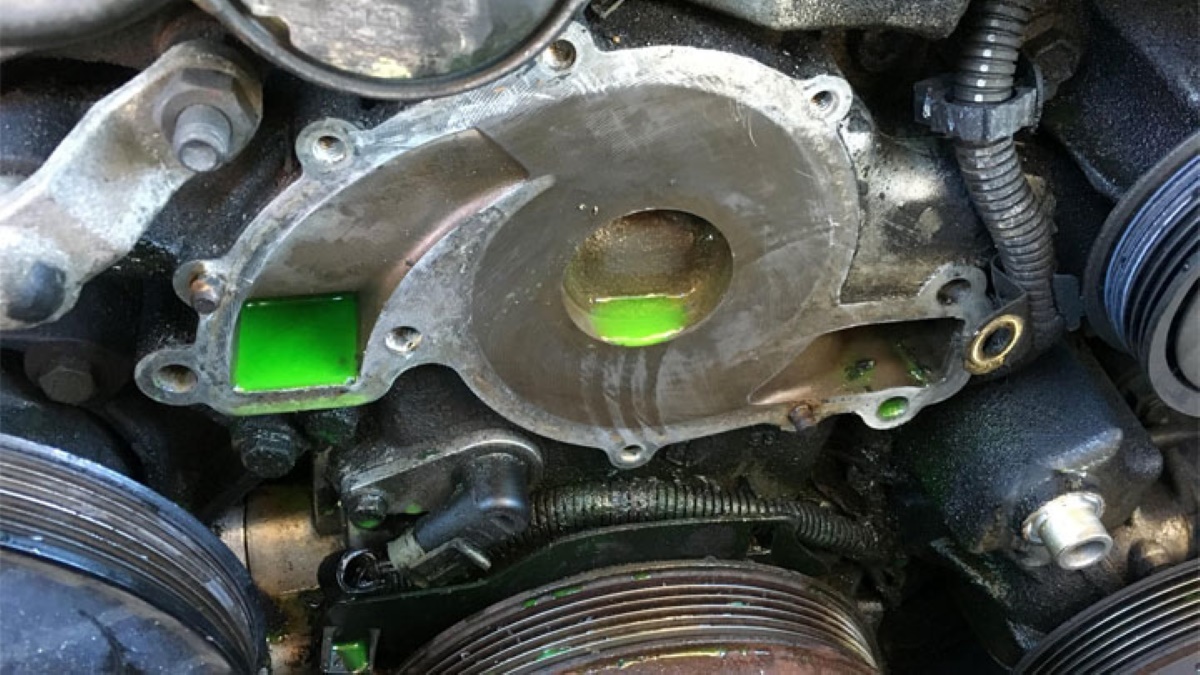

Articles
How To Know If Your Water Pump Is Leaking
Modified: May 6, 2024
Learn the signs of a leaking water pump and how to quickly diagnose and fix the issue with our informative articles. Trust the experts for all your water pump maintenance needs.
(Many of the links in this article redirect to a specific reviewed product. Your purchase of these products through affiliate links helps to generate commission for Storables.com, at no extra cost. Learn more)
Introduction
Having a reliable and properly functioning water pump is crucial to the health and performance of your vehicle’s engine. The water pump is responsible for circulating coolant throughout the engine to help regulate its temperature. Over time, however, water pumps can develop leaks, compromising their effectiveness and potentially causing damage to the engine.
Identifying a water pump leak early on is essential to prevent more serious issues down the line. In this article, we will discuss the common signs of a water pump leak and provide you with practical tips on how to check for and detect any leakage.
It is important to note that water pump leaks can vary in severity, ranging from minor seepage to major leaks. Regardless of the scale, it’s crucial to address the issue promptly to avoid engine overheating or other potential complications.
Keep in mind that while this article provides useful guidance, it is not a substitute for professional diagnosis or repair. If you have concerns about your water pump or suspect a leak, it is always advisable to consult a qualified mechanic.
Now, let’s delve into the common signs that may indicate a water pump leak and how to identify them.
Key Takeaways:
- Detecting and addressing water pump leaks early is crucial for engine health. Look for signs like coolant puddles, overheating, or unusual noises. Professional help is essential for accurate diagnosis and repairs.
- Regularly inspect your vehicle for water pump leaks to prevent engine damage. Keep an eye out for visible leaks, test coolant levels, and listen for unusual noises. Prompt professional assistance is key.
Read more: How To Stop Water Pump Leak
Common signs of a water pump leak
A water pump leak can manifest in various ways. Here are some common signs that may indicate a potential leak:
- Coolant puddles: One of the most obvious signs of a water pump leak is the presence of coolant puddles beneath your vehicle. These puddles are usually green, pink, or orange in color, depending on the type of coolant used. If you notice puddles forming, it’s essential to investigate the source promptly.
- Overheating engine: If your engine is frequently overheating, it could be a result of a water pump leak. A leaking water pump can hinder proper coolant circulation, leading to insufficient cooling and increased engine temperature. If you consistently observe your engine temperature gauge in the “red zone,” it’s crucial to address the issue immediately.
- Steam or vapor: A water pump leak can cause coolant to escape in the form of steam or vapor. If you notice white smoke or vapor coming from under the hood, it is a possible indication of a coolant leak. This is a sign that should not be ignored, as it can lead to severe engine damage if left unattended.
- Audible noises: Leaking coolant can create a distinct noise. If you hear a squeaking, whining, or grinding noise coming from the front of the engine, it may be a result of a faulty water pump. These noises can occur when the pump bearings are worn or damaged due to a leak.
- Low coolant levels: If your vehicle’s coolant levels consistently decrease without any visible signs of a leak, it could be due to a water pump leak. Insufficient coolant levels can lead to engine overheating and should be addressed promptly.
- Visible leak around the water pump: In some cases, you may be able to visually identify a leak around the water pump. Check the area near the pump for any signs of coolant seepage, stains, or wetness.
It’s important to note that these signs can also be indicative of other issues, so it’s crucial to perform a thorough inspection to determine the source of the problem.
In the next sections, we will provide you with step-by-step instructions on how to check for visible leaks and perform other assessments to confirm if your water pump is indeed leaking.
Checking for visible leaks
When it comes to detecting a water pump leak, the first step is to visually inspect the area around the pump for any signs of leakage. Here’s how you can check for visible leaks:
- Start by parking your vehicle on a flat surface and allowing the engine to cool down completely. It is essential to conduct this inspection when the engine is cold to avoid any accidental burns.
- Open the hood of your car and locate the water pump. The water pump is typically connected to the engine and is driven by a belt or, in some cases, a chain.
- Inspect the water pump and its surrounding area, paying close attention to the connections, hoses, and gaskets. Look for any signs of coolant seepage, stains, or wetness. Check for any visible cracks or damaged parts on the water pump as well.
- Use a flashlight if necessary to get a better view of the water pump and its components. Check the underside of the water pump and the area near the pump pulley for any signs of leakage.
- If you notice any visible signs of a coolant leak, it is important to address the issue as soon as possible. Contact a professional mechanic to assess the problem and determine the necessary repairs or replacements.
Keep in mind that a water pump leak may not always be easily visible, especially if the leak is minor or located in a hard-to-see area. Therefore, it is important to perform additional checks and tests to ensure an accurate diagnosis.
Next, we will discuss how to test for coolant leaks to further confirm if your water pump is leaking.
Testing for coolant leaks
In addition to checking for visible leaks, it is essential to perform a coolant leak test to further confirm if your water pump is indeed leaking. Here’s how you can test for coolant leaks:
- Begin by ensuring that your vehicle has been parked on a flat surface and that the engine is cool.
- Open the hood and locate the coolant reservoir. The reservoir is typically a translucent plastic container labeled with “coolant.” Check the minimum and maximum markings on the reservoir to determine the current coolant level.
- Start the engine and let it idle for a few minutes. Keep an eye on the coolant reservoir and observe any changes in the coolant level.
- If you notice a significant decrease in the coolant level or observe bubbles or air pockets in the reservoir, it is an indication of a coolant leak. A leaking water pump can introduce air into the cooling system, leading to these symptoms.
- Additionally, you can use a cooling system pressure tester to check for coolant leaks. Attach the pressure tester to the radiator or coolant reservoir and pump it up to the recommended pressure. Observe any drops in pressure, which can indicate a leak in the system, potentially caused by a faulty water pump.
If you find evidence of a coolant leak during these tests, it is important to address the issue promptly. Failure to fix a water pump leak can lead to overheating and damage to the engine components.
In the following sections, we will explore other diagnostic methods to assess if your water pump is leaking, including checking for water pump noises and analyzing coolant levels and temperature.
Checking for water pump noises
Another way to determine if your water pump is leaking is by listening for any unusual noises coming from the front of the engine. Here’s how you can check for water pump noises:
- Start your vehicle’s engine and let it idle. Listen carefully for any abnormal sounds coming from the front of the engine compartment.
- If you hear a squeaking, whining, or grinding noise that increases with engine speed, it could be a sign of a faulty water pump. These noises often indicate that the water pump bearings are worn or damaged, which can occur due to a leak.
- It’s essential to differentiate the water pump noise from other engine or accessory noises. Pay attention to the location of the sound and whether it occurs when the cooling system is under stress, such as during acceleration or when the coolant temperature rises.
- If you suspect a water pump noise, it is advisable to consult a professional mechanic for a thorough inspection. They can diagnose the issue and recommend the necessary repairs or replacements accordingly.
Keep in mind that water pump noises can also be caused by other factors, such as a loose belt or a malfunctioning tensioner. Therefore, a proper diagnosis is crucial to identify the exact source of the noise and ensure the appropriate steps are taken to resolve it.
In the next sections, we will discuss other assessments you can perform to confirm a water pump leak, including analyzing coolant levels and temperature.
Check for puddles or wet spots under your car, especially near the front. Also, look for any signs of coolant dripping or spraying from the water pump area.
Read more: Why Is My Water Pump Leaking
Analyzing coolant levels and temperature
Checking the coolant levels and monitoring the temperature of your engine can provide further insights into the possibility of a water pump leak. Here’s how you can analyze coolant levels and temperature:
- Ensure your vehicle has been parked on a level surface and is completely cooled down before beginning the analysis.
- Locate the coolant reservoir, typically a translucent plastic container labeled with “coolant.” Check the current coolant level against the minimum and maximum markings on the reservoir.
- If you consistently notice a significant decrease in the coolant level without any visible leaks, it could be a sign of a water pump leak. A leaking water pump may cause coolant to escape and reduce the overall coolant level.
- Pay attention to the temperature gauge on your vehicle’s dashboard. As you drive, monitor the temperature gauge to ensure it remains within the normal operating range. If your engine consistently runs hot or reaches the red zone on the temperature gauge, it could be an indication of a water pump leak affecting proper coolant circulation.
- Excessively high engine temperatures can also be accompanied by other symptoms, such as overheating, steam or vapor from the engine bay, or a coolant smell. These signs may further support the possibility of a water pump leak.
It is important to note that monitoring coolant levels and engine temperature alone may not provide conclusive evidence of a water pump leak. However, persistent coolant loss or consistently high engine temperatures should not be ignored, as they can lead to severe engine damage if left unaddressed.
In the following sections, we will explore additional methods to assess if your water pump is leaking, including performing a pressure test, inspecting the water pump pulley and belt, and evaluating coolant residue or rust.
Performing a pressure test
A pressure test is a reliable method to identify potential leaks in the cooling system, including the water pump. Here’s how you can perform a pressure test:
- Start with a cool engine and ensure the vehicle is parked on a flat surface.
- Open the hood and locate the radiator cap or coolant reservoir cap, depending on your vehicle’s design. Make sure the engine is completely cool before removing the cap to avoid any potential injuries from escaping hot coolant.
- Attach a cooling system pressure tester to the radiator or coolant reservoir. Follow the instructions provided with the tester to ensure a proper connection.
- Pump the pressure tester to the manufacturer-recommended pressure, typically indicated on the gauge. This will simulate the pressure that the cooling system experiences during normal operation.
- Observe the pressure gauge on the tester and monitor it for any significant pressure drops. If there is a sudden drop in pressure, it could indicate a coolant leak in the system, potentially caused by a faulty water pump.
- Perform a thorough inspection of the water pump and its components during the pressure test. Look for any signs of coolant leakage, such as seepage, stains, or wetness around the pump or its connections.
- If you visually identify any leaks or notice a pressure drop during the test, it is crucial to address the issue promptly. Consult a professional mechanic for a detailed diagnosis and appropriate repairs or replacements.
Performing a pressure test can help pinpoint the source of coolant leaks, including a leaking water pump. It is a valuable diagnostic method to confirm suspicions and ensure that necessary repairs are carried out to maintain the efficiency and reliability of your vehicle’s cooling system.
In the next section, we will discuss how to inspect the water pump pulley and belt for any signs of damage or wear.
Inspecting the water pump pulley and belt
The water pump pulley and belt play a crucial role in the proper functioning of the water pump. Inspecting them for any signs of damage or wear can help determine if your water pump is leaking. Here’s how you can inspect the water pump pulley and belt:
- Begin by ensuring that the engine is turned off and has cooled down before starting the inspection.
- Open the hood of your vehicle and locate the water pump. The water pump is typically driven by a belt or, in some cases, a chain. The pulley is connected to the water pump and helps drive its rotation.
- Inspect the water pump pulley for any visible signs of damage, such as cracks, chips, or excessive wear. The pulley should rotate smoothly without any wobbling or looseness.
- Next, check the water pump belt for signs of wear, fraying, cracking, or stretching. A worn or damaged belt can affect the performance of the water pump and potentially lead to leaks.
- Test the tension of the water pump belt by pressing down on it with your finger. It should have a sufficient amount of tension without feeling too loose or too tight. If the belt feels loose or you notice any slippage when the engine is running, it may require adjustment or replacement.
- Ensure that the belt is aligned properly on the pulley and is running smoothly. Any misalignment or squeaking noise during engine operation could indicate a problem with the belt or pulley.
- If you notice any significant damage, wear, or misalignment of the pulley or belt, it may be necessary to have them replaced. Consult a professional mechanic for a thorough inspection and recommendations for the appropriate repairs or replacements.
Inspecting the water pump pulley and belt is an important step in diagnosing a water pump leak. Damaged or worn pulleys and belts can impact the performance of the water pump, which can contribute to coolant leaks and other cooling system issues.
In the following section, we will discuss how to evaluate coolant residue or rust to further confirm the presence of a water pump leak.
Evaluating coolant residue or rust
Examining the presence of coolant residue or rust can be another indicator of a water pump leak. Here’s how you can evaluate coolant residue or rust:
- Start by ensuring that the engine is turned off and has cooled down before beginning the evaluation.
- Open the hood of your vehicle and locate the water pump. Take a closer look at the area around the water pump and its connections.
- Look for any signs of coolant residue or stains around the water pump. Coolant residue may appear as a sticky, colorful substance (usually green, pink, or orange) on or around the pump. These residues are often an indication of a leak in the cooling system.
- Additionally, inspect the area around the water pump for any signs of rust. Rust can develop due to the presence of coolant leaks, especially if the coolant has come into contact with metal parts.
- Carefully examine the water pump housing and connections for any signs of corrosion or deterioration. Rust or corrosion on these parts can suggest a long-standing or severe water pump leak.
- Remember that coolant residue or rust may not always be visible, especially if the leak is small or located in a hard-to-reach area. If you suspect a water pump leak but cannot find visible signs, it is advisable to consult a professional mechanic for a detailed inspection.
Evaluating coolant residue or rust can provide valuable insights into the presence and severity of a water pump leak. Coolant residue and rust suggest an ongoing leak that may require immediate attention to prevent further damage to the cooling system and engine components.
By performing these evaluations, including checking for visible leaks, testing for coolant leaks, inspecting the water pump pulley and belt, and evaluating coolant residue or rust, you can determine if your water pump is leaking. It is important to address any identified issues promptly to maintain the health and performance of your vehicle’s cooling system.
In the concluding section, we will summarize the key points and emphasize the importance of professional assistance when dealing with water pump leaks.
Read more: How To Know If A Water Pump Is Bad
Conclusion
Detecting and addressing a water pump leak in a timely manner is essential to the proper functioning and longevity of your vehicle’s engine. By being aware of the common signs of a water pump leak and performing various diagnostic checks, you can identify if your water pump is indeed leaking. Some of the key steps include checking for visible leaks, testing for coolant leaks, inspecting the water pump pulley and belt, and evaluating coolant residue or rust.
Visible signs of leaks, such as coolant puddles or steam, are clear indicators that there may be a problem with the water pump. Testing coolant levels, monitoring engine temperature, and performing a pressure test can provide further evidence of a possible water pump leak. Additionally, inspecting the water pump pulley and belt for any damage or wear, and evaluating presence of coolant residue or rust, can help confirm the presence of a water pump leak.
While you can perform these checks and assessments on your own, it is important to keep in mind that professional assistance may be necessary for a thorough diagnosis and proper repairs. A qualified mechanic can accurately pinpoint the source of the leak and implement the necessary fixes to ensure the optimal performance and reliability of your vehicle.
Remember, a water pump leak should not be ignored or neglected, as it can lead to engine overheating, damage to engine components, and costly repairs. If you suspect a water pump leak or notice any of the common signs discussed in this article, it is advisable to consult a professional mechanic as soon as possible.
By staying vigilant, regularly inspecting your vehicle’s cooling system, and addressing any water pump leak promptly, you can help maintain the health and longevity of your engine, ensuring a smooth and reliable driving experience.
Curious about maintaining more than just your water pump? Dive into our comprehensive guide on home repair, where you'll find practical advice and easy-to-follow steps to tackle common household fixes. Whether you're dealing with a squeaky door or a faulty light fixture, we have all the insights you need to get your house back in top shape. Don't miss out on mastering these essential skills!
Frequently Asked Questions about How To Know If Your Water Pump Is Leaking
Was this page helpful?
At Storables.com, we guarantee accurate and reliable information. Our content, validated by Expert Board Contributors, is crafted following stringent Editorial Policies. We're committed to providing you with well-researched, expert-backed insights for all your informational needs.
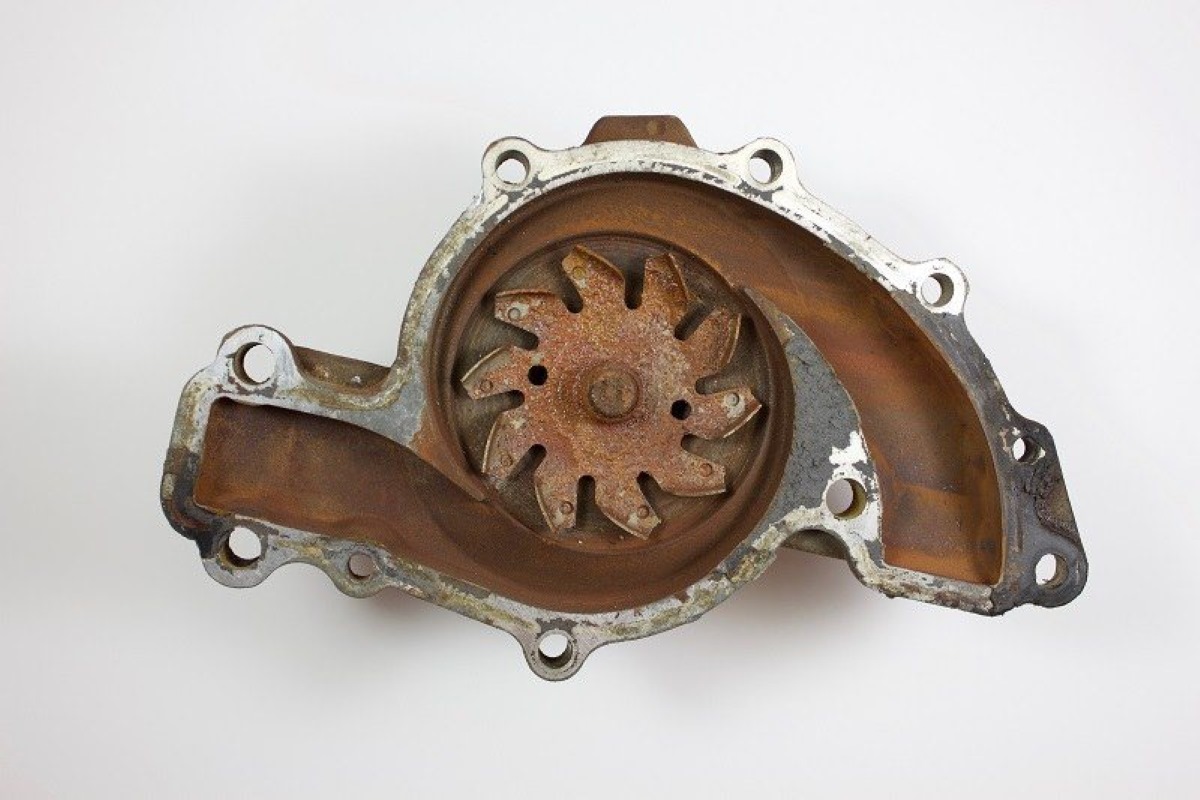
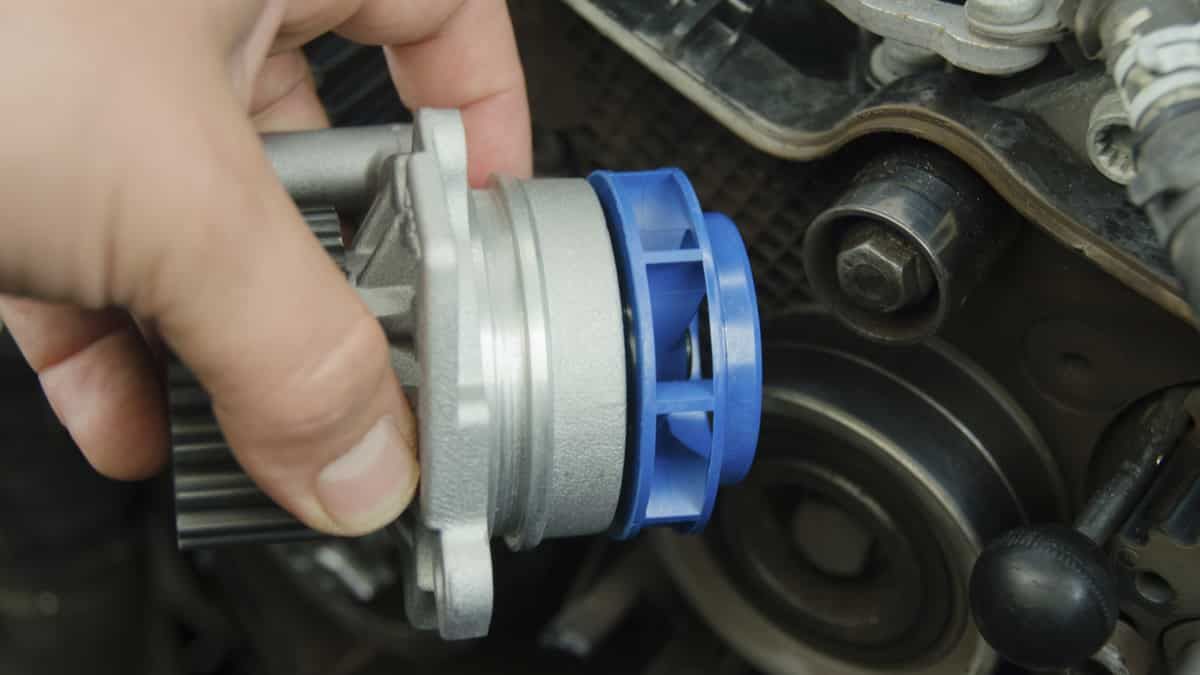
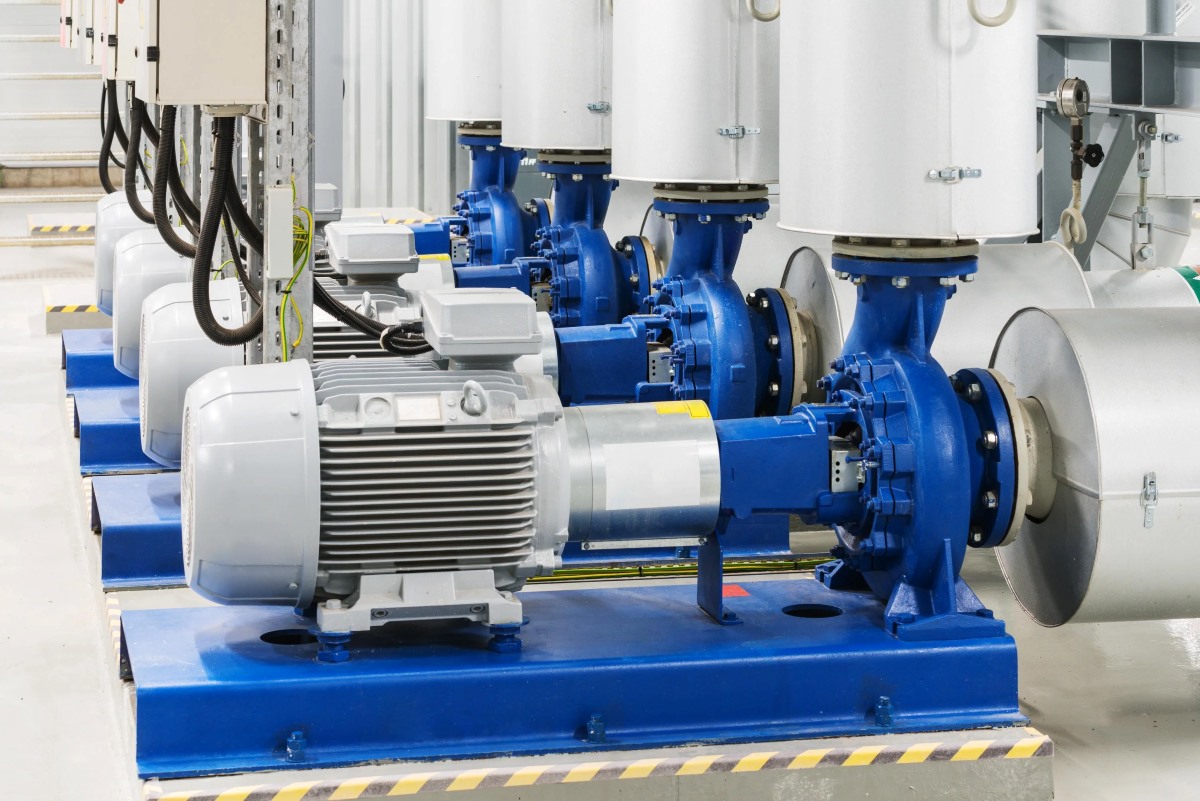
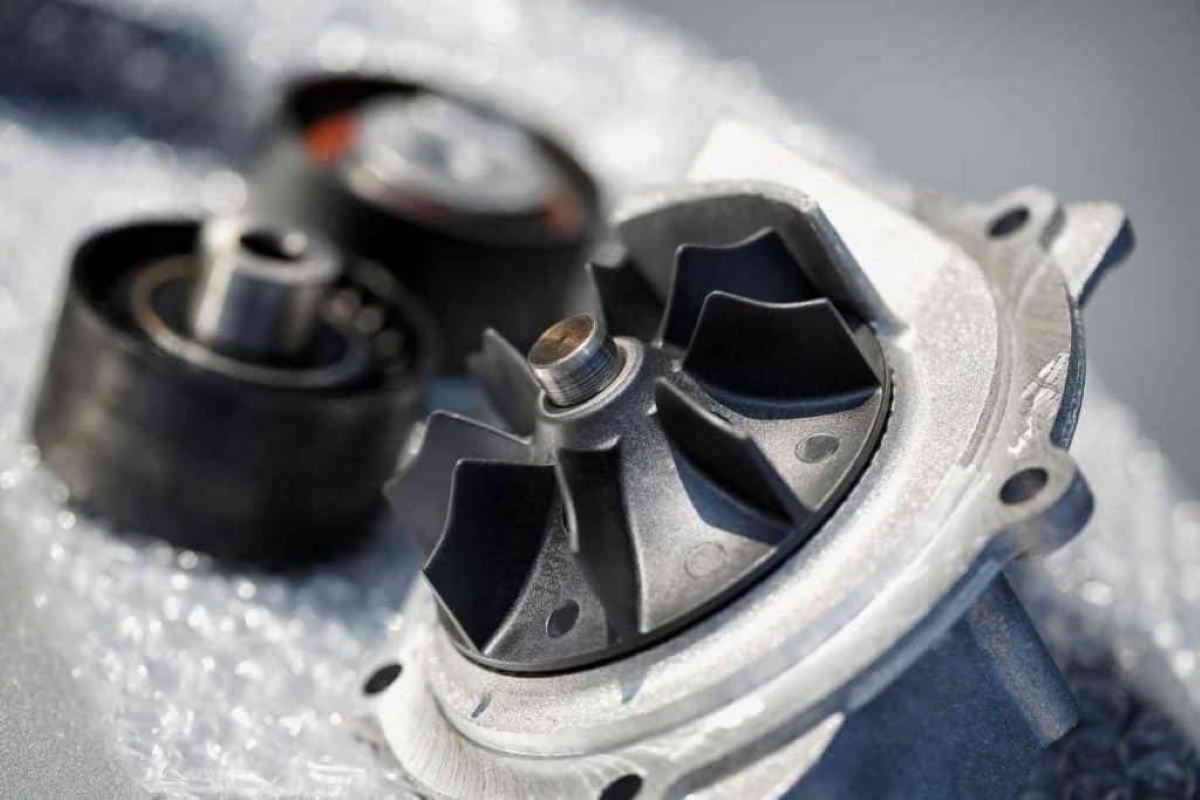
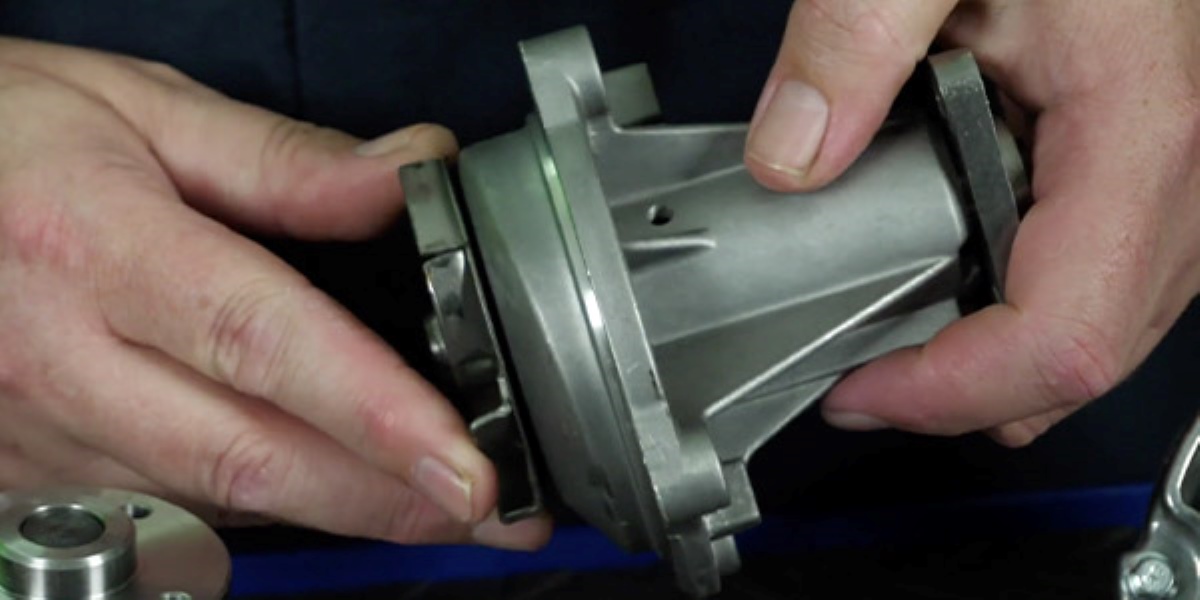
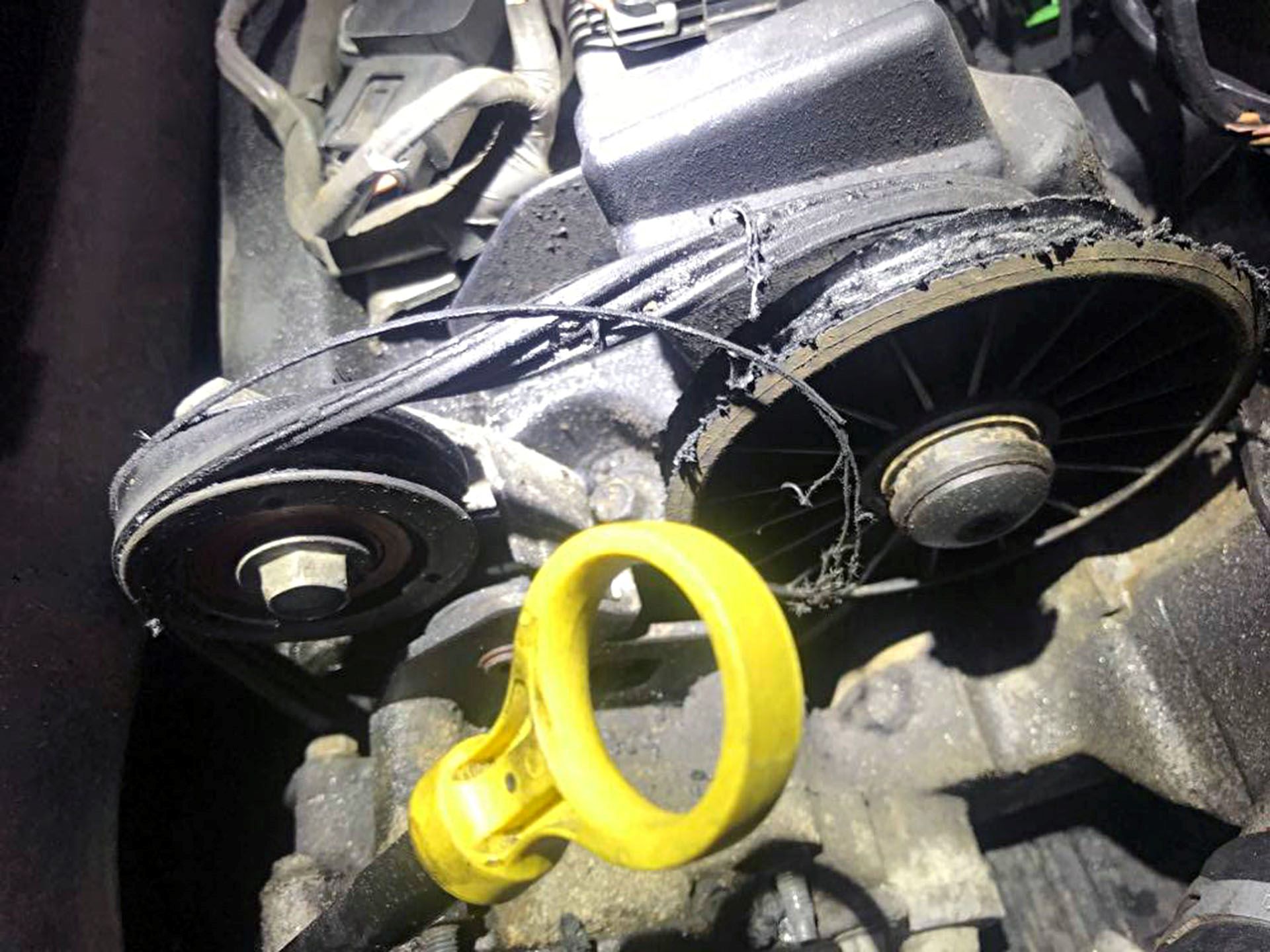
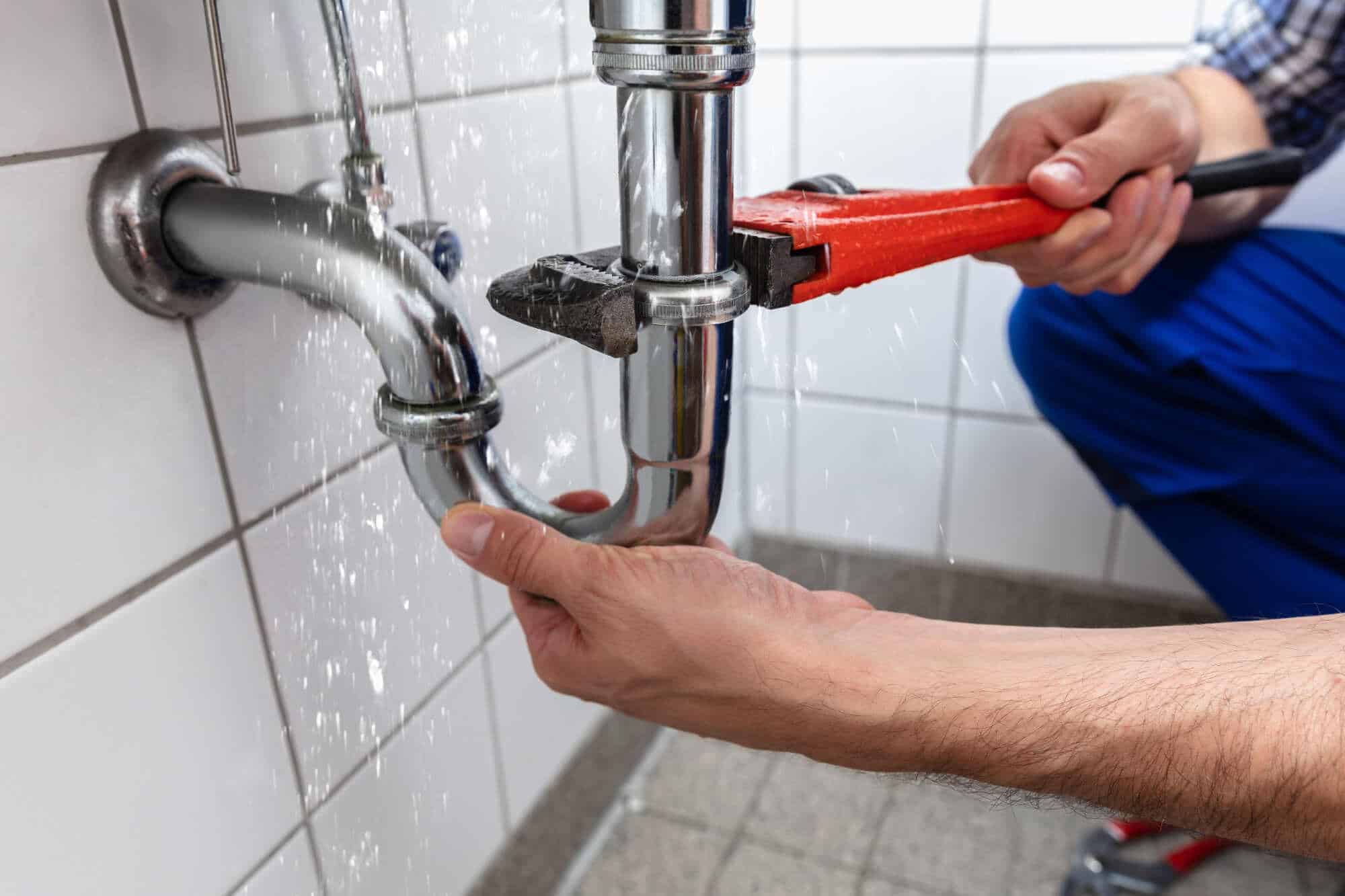
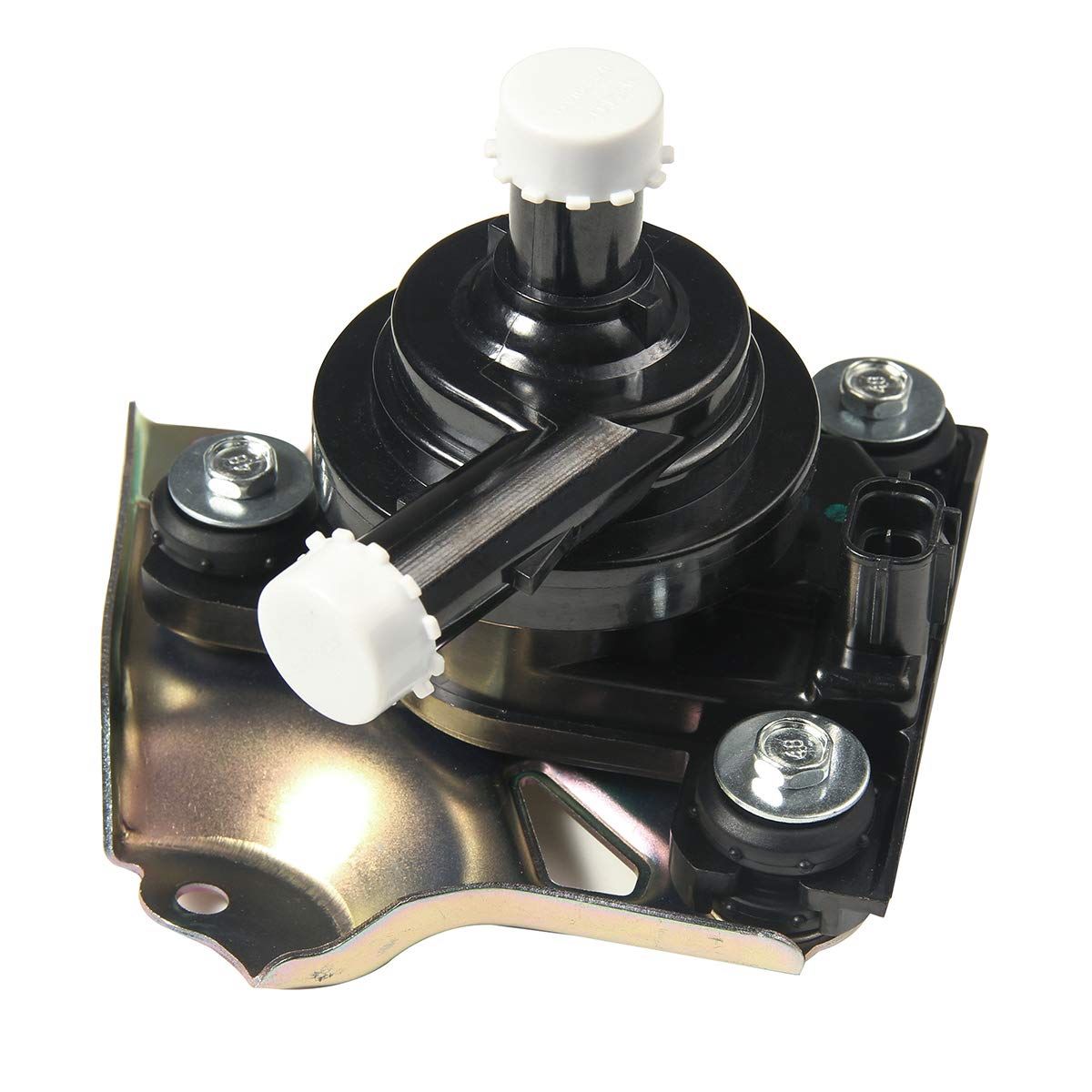
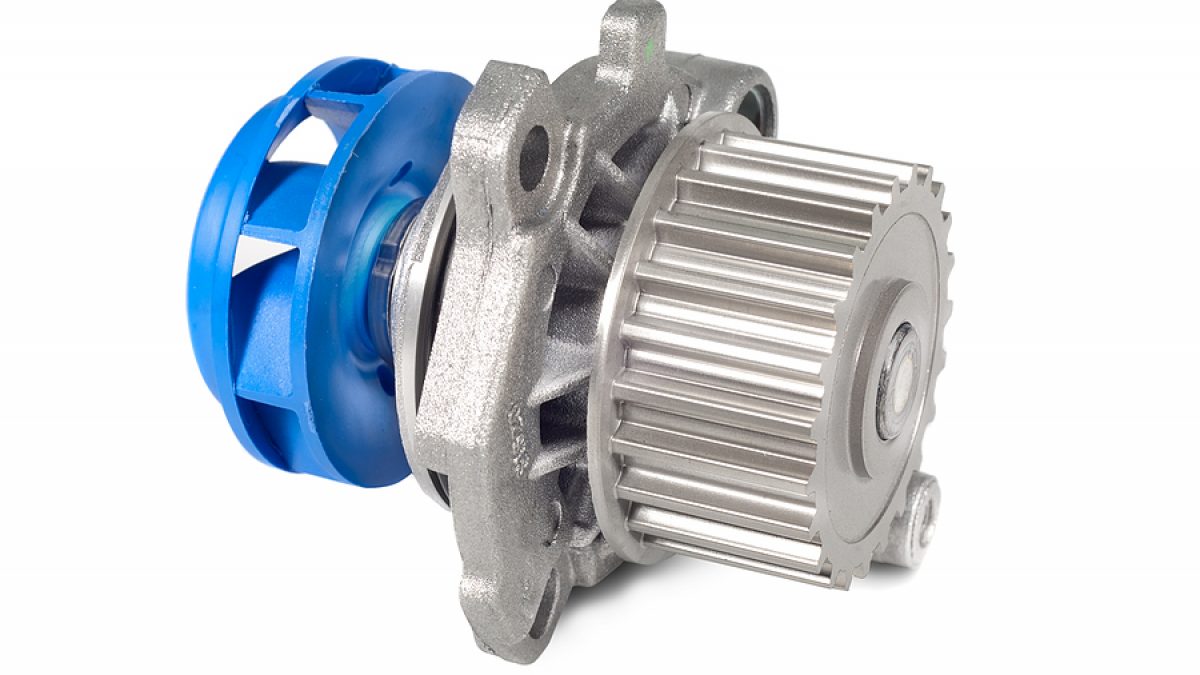
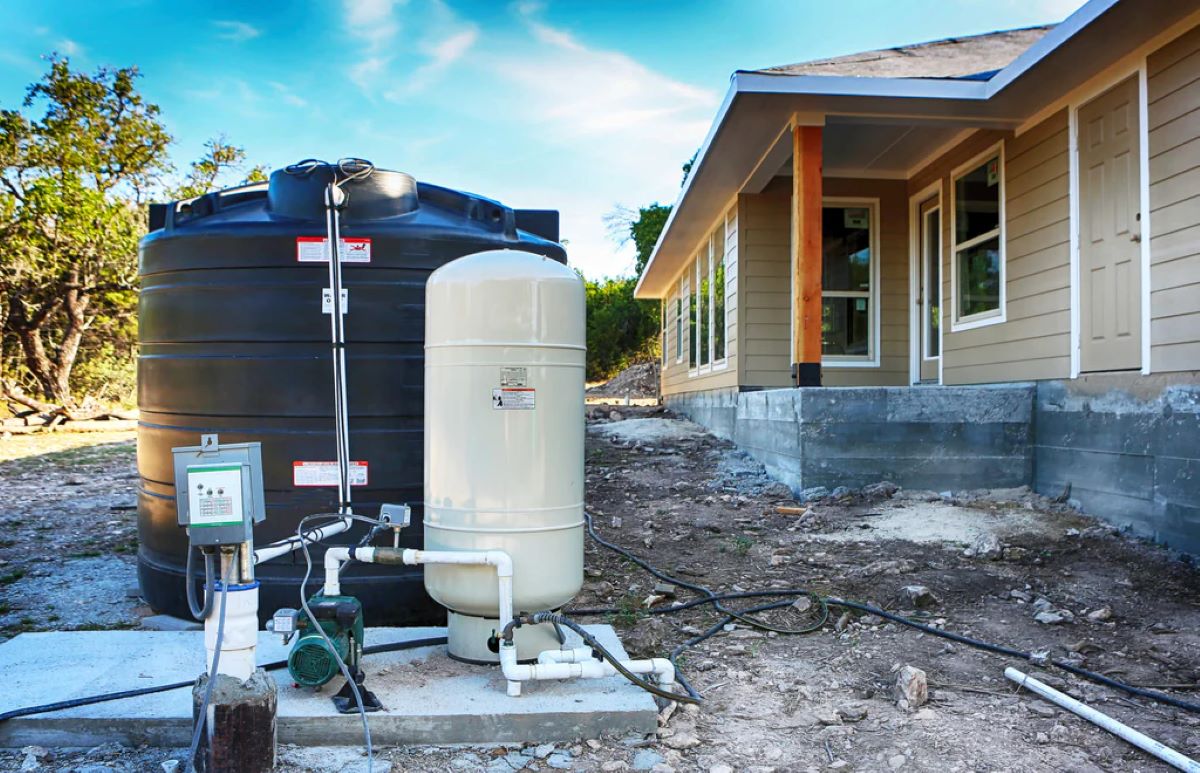
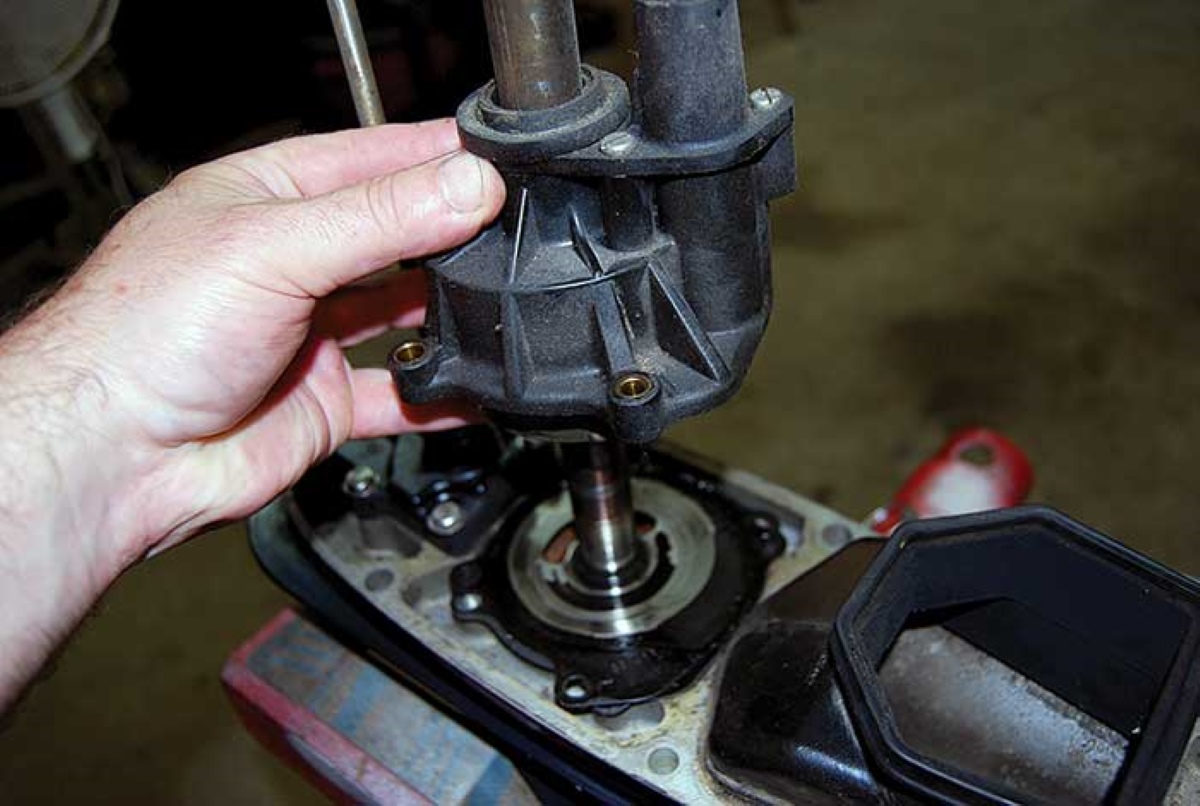
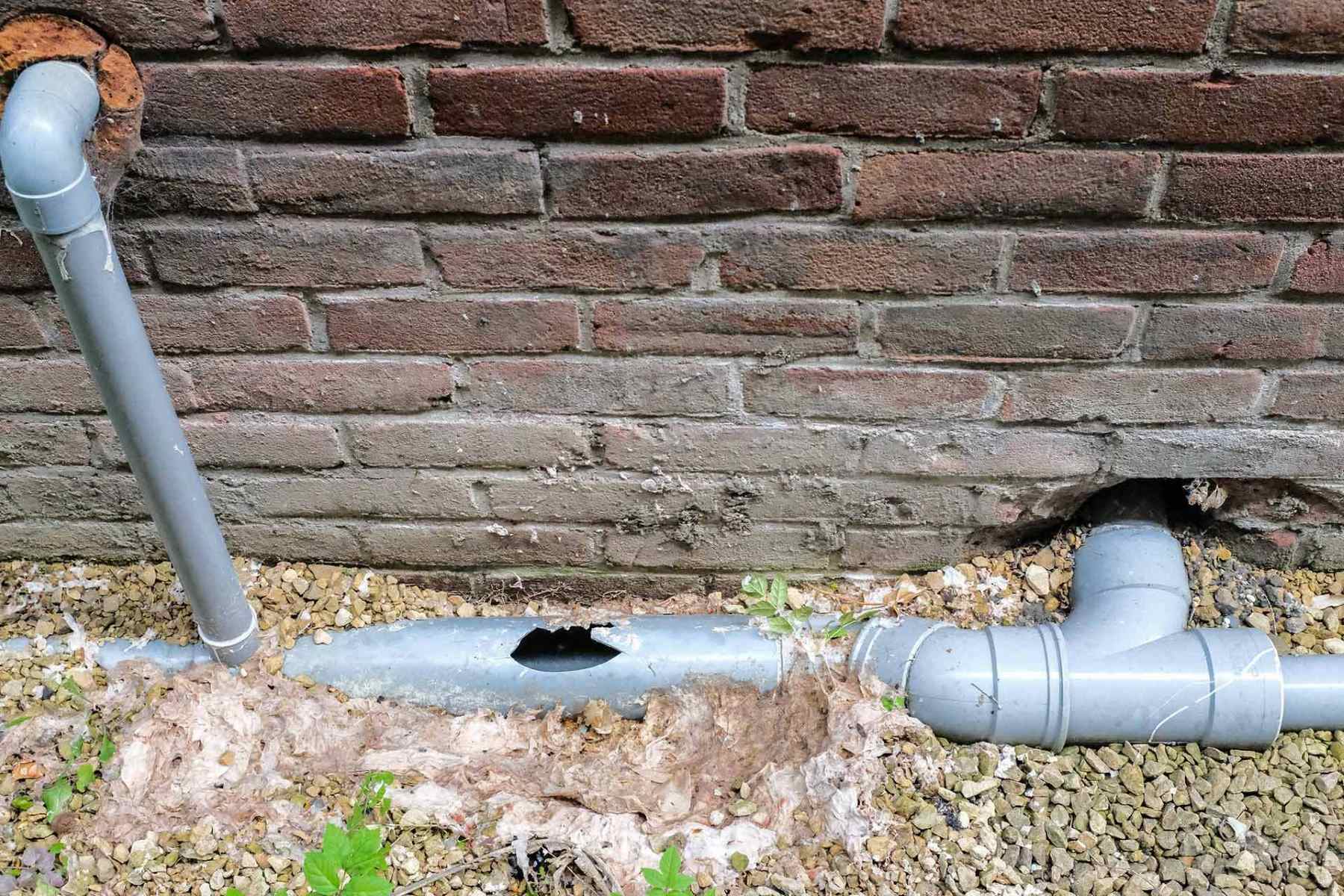
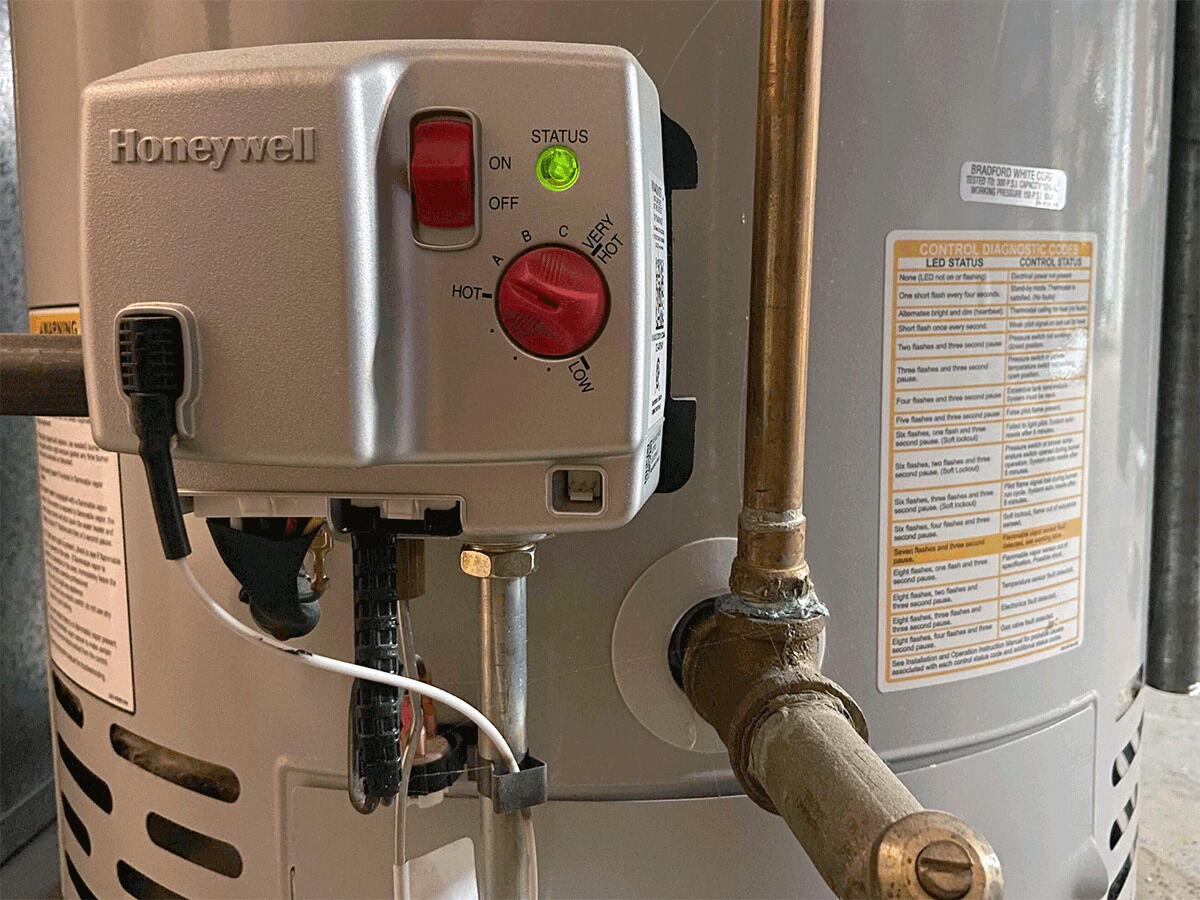

0 thoughts on “How To Know If Your Water Pump Is Leaking”